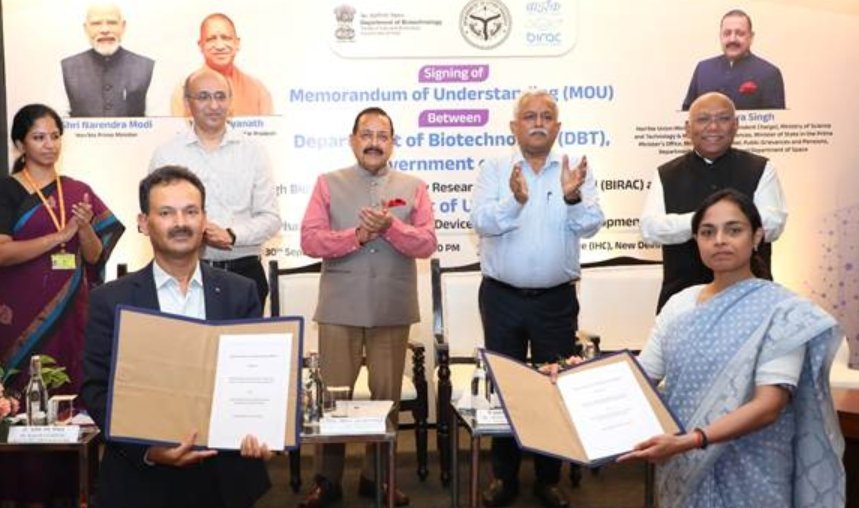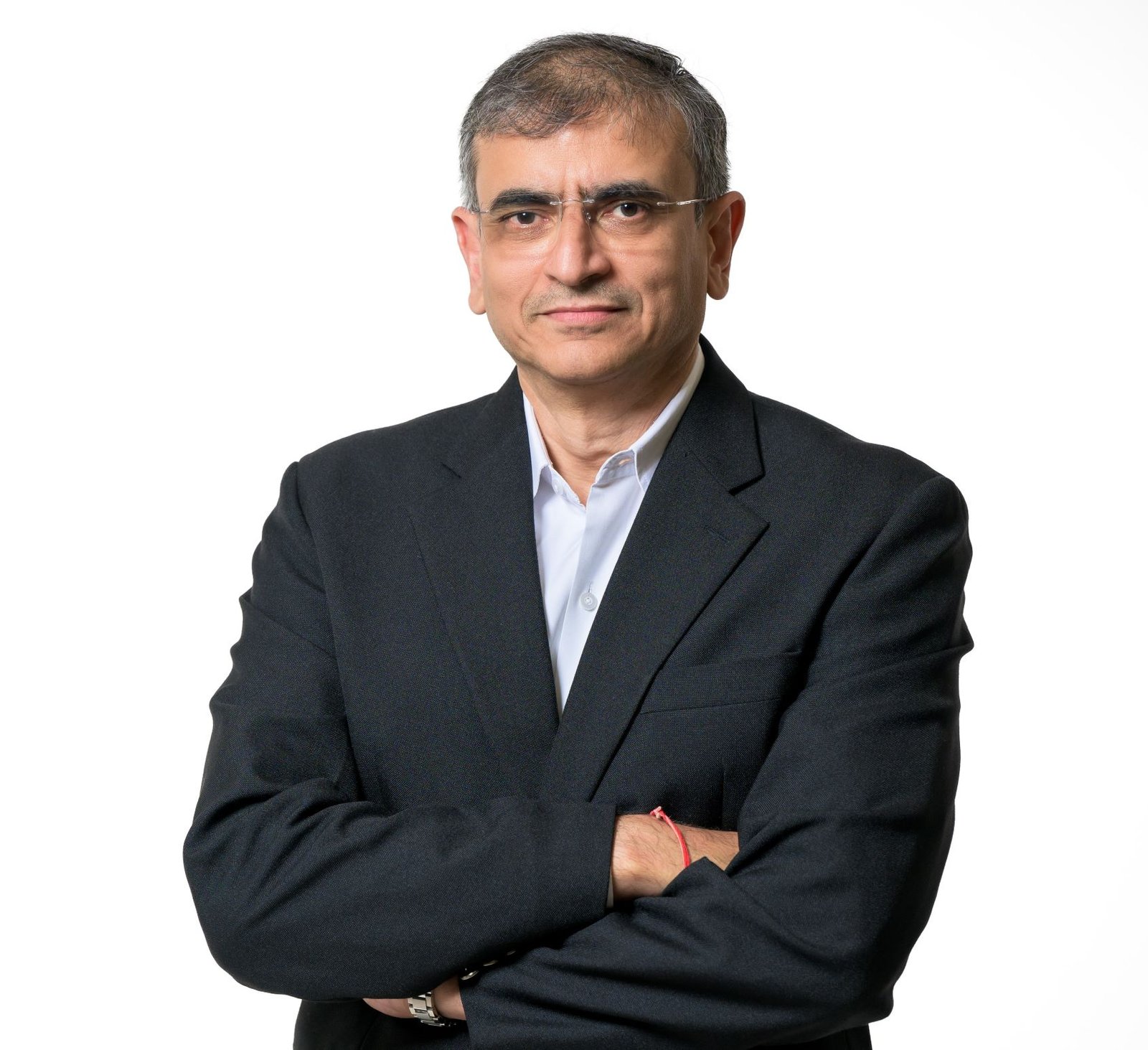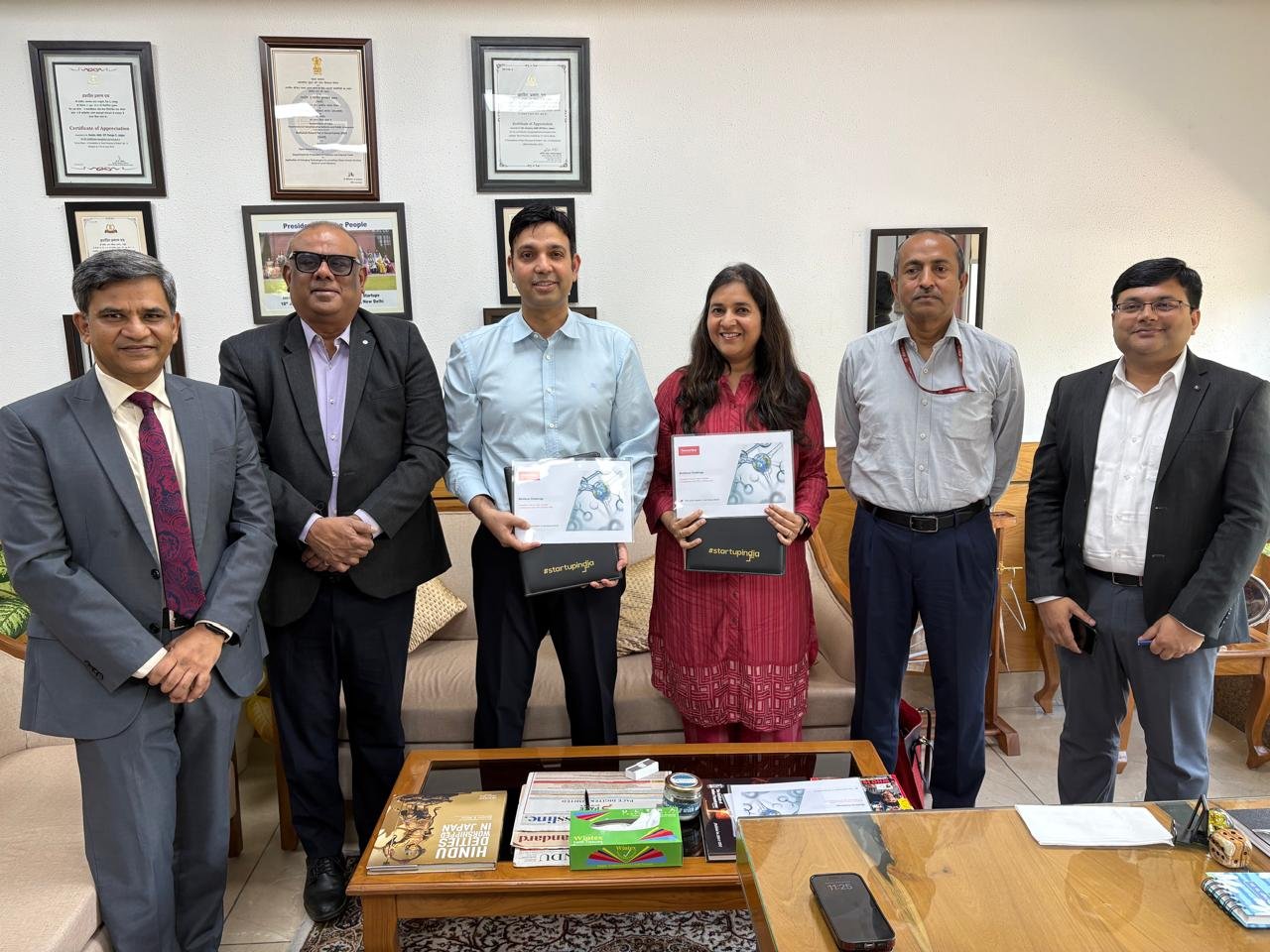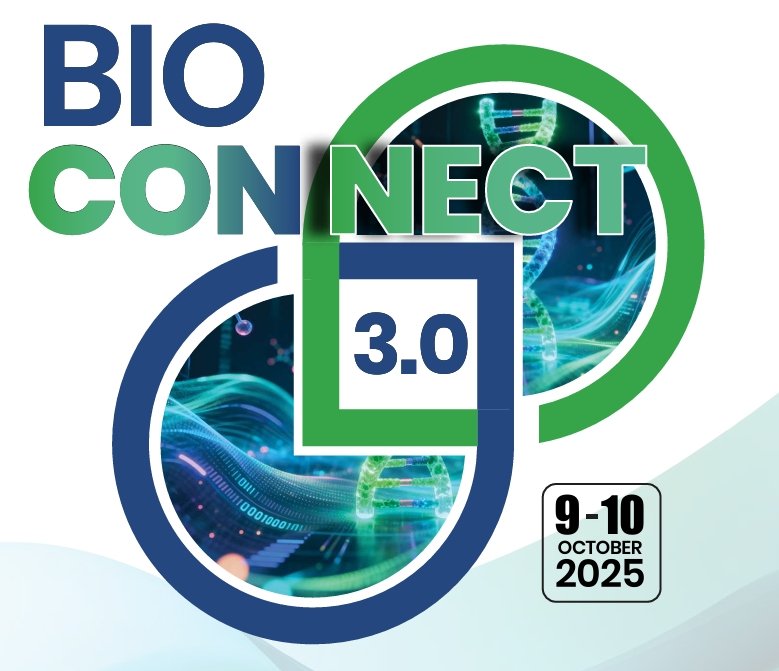How Indian Pharma Prepared to Mitigate US Tariffs...!
March 31, 2025 | Monday | Features | By Sanjiv Das
India, known as the pharmacy of the world, has an upper hand when it comes to facing the US tariff war. Indian pharmaceutical companies supply nearly 47 per cent of the generic medicines for the American patients and contribute significantly to the country’s healthcare savings. Imposing a 25 per cent or more tariff on Indian pharma companies can be detrimental for the US administration. More so, a reciprocal tariff by the Indian government can add to the woes of the US. However, Indian companies should take a note of the tariff and take proactive steps to be safe from high tariffs.
image credit- shutterstock
The much fanfare and sober meeting between the Indian Prime Minister Narendra Modi and the US President Donald Trump had one critical discussion about the US imposing reciprocal tariffs on certain products. Though the meeting generated high hopes among Indian industrialists, it was short-lived with the Trump administration likely to announce reciprocal tariffs on April 2, 2025.
The US administration’s tariff on China, Mexico and Canada is a wake up call for India too. And some countries have reciprocated on the US tariff too.
India’s pharma sector may not be an exception to the tariff war that just started. A hush hush atmosphere about what will entail the future of the pharma sector is currently prevailing.
Sudarshan Jain, Secretary General, Indian Pharmaceutical Alliance (IPA), “The Indian pharmaceutical industry plays a vital role in ensuring access to affordable, quality-assured medicines in the US, supplying nearly 47 per cent of the generic medicines for the American patients and contributing significantly to the country’s healthcare savings. The proposal regarding reciprocal tariffs is currently under talks and is being examined. This matter will be discussed through bilateral engagements between the two countries, and further steps will be determined accordingly. India and the US share a long-standing, collaborative partnership in healthcare. We are confident that continued dialogue among stakeholders will help address the subject. Ensuring the continued availability of affordable medicines remains a shared priority for both nations."
Delegates at the recently held 10th Global Pharma Quality Summit by Indian Pharmaceutical Alliance seemed to shrug off the fear of tariff imposition by the US, however, a sense of insecurity prevailed. Even so, the McKinsey-IPA report mentioned that the Indian pharma sector over the next decade could redefine operational strategies to tap the potential opportunities unlocking the next level of performance as a global leader. This amidst the tension that prevailed on what percentage of tariff will be imposed on Indian pharma companies and what will be in store for future.
Umang Vohra, MD and Global CEO, Cipla while speaking at the IPA event mentioned, “If you have a very big brand medicine that sells at a very high price, a large section of our society cannot afford it. So the tariff is not limiting the amount that the product can sell. The US actually needs much lower tariffs from Indian companies because the generics industry is the only industry that probably reduces the healthcare spend. Both countries have very different perspectives. I'm not sure firstly that a 20, 25, 30 type of tariff will come on pharmaceutical products. I'm not sure tariffs should dictate what we should be doing as players because you know there is a risk that four years later those tariffs may go away. So by the time you build a plant, right, tariffs have gone away. Now you have a plant sitting there. So I just think we should take a more holistic view and maybe just let, just see how this plays out.”
The export-import story
India largely exports an approx. 47 per cent of the generic drugs to the US. This helps to bring the cost of drugs down for the US consumers. The US largely exports patented and innovative drugs to India that values around $800 million. These are already being imported at nil or concessional import duties.
The Trump Administration has announced a potential imposition of 25 per cent tariffs on pharmaceutical imports from India. Presently, there is no import duty levied on Indian drugs supplied to the US. India imposes about 5-10 per cent import duty on pharma imports from the US.
In the recent Union Budget, the government fully exempted 36 life-saving drugs from basic customs duty. In addition, customs duty for six additional drugs has been reduced to 5 per cent. Further, 37 additional drugs will be fully exempt from customs duty under patient assistance programmes.
If higher tariffs!
The US is a major market for Indian generics. Higher tariffs could make Indian drugs less competitive in the US. The Indian pharma sector is already a strong player in emerging markets due to the affordability and quality of generics.
Girdhar Balwani, Director, Cadila Pharmaceuticals and Hypothalamus, cited two scenarios. One is where India moves to nil import duty on pharmaceuticals – positive / minimal / no impact on India. In the case of the second scenario, if the US imposes 10 to 25 per cent import duty on pharmaceuticals from India – it may have a minimal impact on Indian companies and will increase the burden on the US healthcare system.
Balwani mentioned, “If India was to move towards no import duty on US pharma imports the impact of lower customs duties would be to the tune of less than $50 million. If India decides to maintain its current custom duty structure, it will be status quo. I feel that it would be in India’s interest to move to nil import duty on imports of pharmaceuticals.”
Innovation holds the key for Indian players
Companies like Cipla, Dr. Reddy's Laboratories, Sun Pharma, and others have already expanded globally. These companies might further pursue strategic acquisitions or set up more global operations to compensate for potential revenue losses in the US.
It may be noted that Asian countries are much more advanced in innovation. Indian companies to mitigate the effects of US tariffs, need to invest more in innovation - to diversify their product offerings, find new niches and of course novel drug discovery. Pharma companies should also put a greater emphasis on producing innovative generics, biosimilars, and even branded drugs, catering to markets beyond the US. Besides, Indian companies need to implement novel technologies and digital technologies both in production, QC and distribution of products.
Dr Ranjan Chakrabarti, Advisor-Drug Discovery and Biopharma, Ex VP-Drug Discovery, Dr. Reddy's Laboratories and US Pharmacopeia mentioned, “Indian pharmaceutical companies would likely increase their focus on diversifying their markets. Countries and regions such as the European Union, Southeast Asia, Africa, and Latin America could emerge as key markets for Indian drug exports. An intensified focus on these markets could provide growth opportunities, especially in countries where the healthcare infrastructure is expanding rapidly and there is a rising demand for cost-effective medicines. In the face of high US tariffs, pharmaceutical companies could direct more resources toward strengthening their presence in the domestic market. This would involve increasing production for local consumption, as well as expanding the availability of affordable generic medicines.
Sharing his views Hari Kiran Chereddi, MD and CEO, HRV Global LifeSciences and NHG Pharma said, “Indian pharma must not regard tariffs as a stumbling block but as an impetus towards strategic reinvention. These tariff measures could be short lived and both sides will definitely find an amicable solution to keep healthcare affordable. By ascending the value chain, pursuing international partnerships, fortifying regulatory lobbying, and exploiting digital supply chain technologies, we can overcome the tariffs and have Indian pharma be a continued global powerhouse of affordable healthcare.”
Careful considerations
The proposed US tariffs are likely to pose considerable challenges to the Indian pharmaceutical sector. The adaptability and inherent competitiveness of the industry is bound to help mitigate some of the potential negative effects. It is imperative to recognise that Indian companies supply nearly half of all generic prescriptions in the US contributing significantly to healthcare savings. These proposed tariffs could have unintended consequences on affordability and availability of drugs in the US, needing careful considerations and dialogue between both countries.
The imposition of tariffs could lead to increased drug prices, which would directly affect American consumers, particularly those who rely on low-cost medications for chronic conditions. This could also lead to potential drug shortages if Indian manufacturers decide to reduce their exports due to the increased costs.
According to Aarti Siddhesh Chitale, Senior Industry Analyst, Healthcare & Life Sciences Growth Analytics Practice, Frost & Sullivan, the imposition of tariffs on Indian pharmaceutical imports by the Trump administration is a complex issue with significant economic, political, and strategic implications. While it aims to boost domestic manufacturing in the US, it could lead to higher drug prices and potential shortages, affecting both Indian pharma companies and American consumers. Therefore, the situation underscores the interconnected nature of global trade and the need for careful consideration of the broader impacts of protectionist policies.
To succumb to tariff or not
Considering the heavy reliance of the US on generics, the country has been increasingly outsourcing generic manufacturing to nations including India and China. As geopolitical tensions with China prevail, it is imperative for the US to rely on India for its majority generics supply.
Therefore, in case of growing tariffs from the US, there is a possibility of India imposing reciprocal tariffs, which will directly impact the cost of these generics in the US and would impact the overall increased burden on the patients. Therefore, although the tariffs will have an impact on the Indian pharma sector the overall impact may not be too pronounced considering US’ dependence on Indian pharma suppliers.
Ravi Uday Bhaskar, Former Pharmexcil Director General (DG), currently serving as Honorary DG for All India Drugs Control Officers' Confederation (AIDCOC) being critical about the tariff saga insisted that India must not succumb to tariff threats and should instead focus on strengthening domestic API production, securing global market share, and maintaining its leadership in affordable medicine exports.
Indian medicines exports to the US may not suffer even after imposition of reciprocal tariffs. Given that 90 per cent of doctor prescriptions in the US include generics, any additional tariff burden could impact American patients more than Indian exporters.
Ajay Srivastava, Founder, Global Trade Research Initiative, mentioned, “The US has limited alternative sources for high-quality generics. India’s pharmaceutical companies operate US Food and Drug Administration (US FDA)-approved facilities, ensuring the highest safety and efficacy standards. Given this, the US will continue to rely on India for a significant share of its generic medicine supply, and any tariff increase would primarily burden American healthcare consumers rather than disrupt India’s pharmaceutical exports.”
Amidst this tariff debate, Sun Pharma announced that the company has acquired Nasdaq-listed immunotherapy and targeted US-based oncology company Checkpoint Therapeutics for $355 million. This agreement points to one thing that big pharma companies are busy conducting their business and must have better strategies in place in case of any harsh announcements.
Both the US and India need to relook into how to avoid reciprocal tariffs for a better understanding about the future of both the nations. Not only India, but too much tariff on China will derail negotiations on active pharmaceutical ingredients, with China being the largest producer. Currently discussions are going on between both the US and India to overcome the tariff crises.
Sanjiv Das










